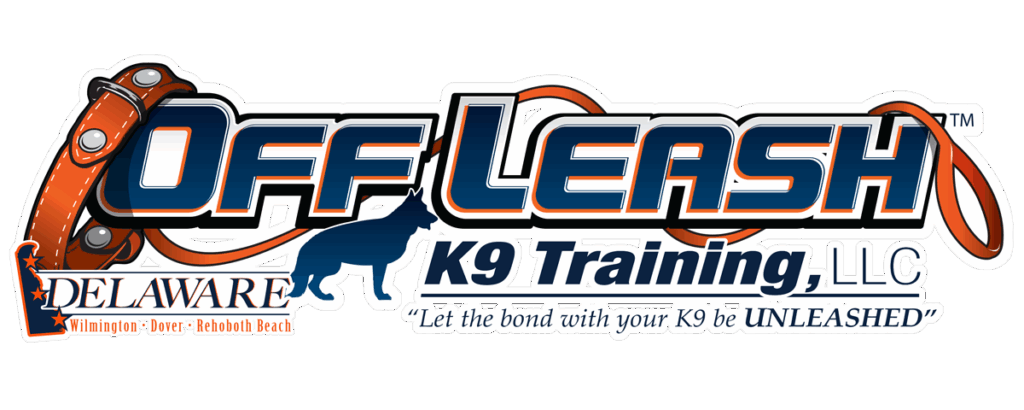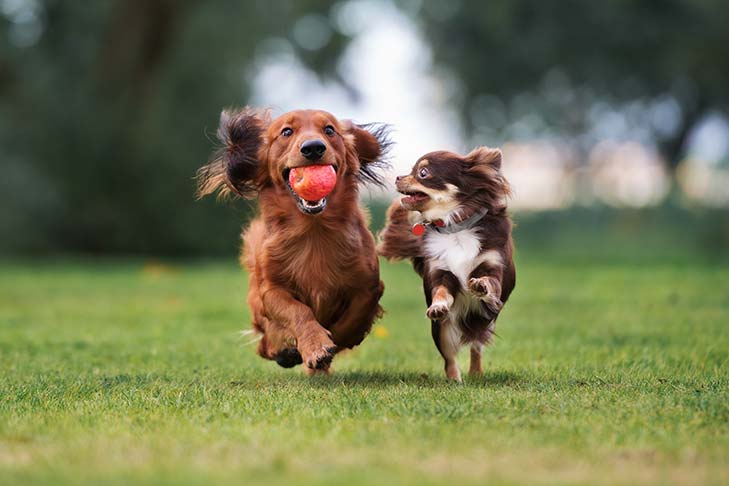Wondering about the difference between game-based learning and gamification for your furry friend’s training journey? Let’s fetch the answers together! The key distinction lies in their approachgame-based learning involves using actual games for dog training, while gamification adds game-like elements to traditional training methods. Both techniques can transform your dog’s learning experience, but understanding when to use each can make all the difference. In 2024, these innovative training approaches are revolutionizing how dogs learn and engage with their training sessions. Whether you’re a first-time pet parent or an experienced trainer, mastering these methods can lead to more effective and enjoyable training sessions. Ready to discover which approach best suits your dog’s learning style? Let’s explore the exciting world of canine education and uncover how these methods can enhance your dog’s training journey.
Key Differences Between GBL and Gamification for Dogs
Learning Approach Differences
Game-based learning and gamification take distinctly different paths when it comes to training different animal companions, particularly dogs. In game-based learning, the entire training process is structured as an interactive game with a specific learning outcome in mind. For instance, teaching your dog to retrieve objects becomes a naturally engaging game where the learning happens through play itself.
Gamification, on the other hand, adds game-like elements to traditional training methods. This might involve using point systems, rewards, or progress tracking to make regular training more engaging. While both approaches aim to make learning fun, they differ fundamentally in how they achieve this goal.
The learning objective in game-based learning is seamlessly integrated into the activity itself. Your dog learns while actively participating in a game, making the process more natural and intuitive. For example, a game of hide-and-seek can teach recall commands effectively.
Implementation Methods
The implementation of these approaches varies significantly in dog training scenarios. Game-based learning requires designing complete game experiences that naturally incorporate training goals. This might involve creating obstacle courses or interactive puzzle toys that help achieve a specific learning outcome.
With gamification, you’re essentially adding gaming elements to existing training methods. This could mean creating a points-based system for successful commands, using progress charts, or establishing different “levels” of achievement in basic obedience training.
When implementing either approach, it’s crucial to consider your dog’s individual personality and learning style. Some dogs respond better to the immersive nature of game-based learning, while others might find the structured progression of gamification more motivating.
The key to successful implementation lies in maintaining consistency and ensuring that the chosen method aligns with your training goals. Whether you opt for full game-based learning or gamification elements, the focus should always remain on creating an engaging and effective learning experience for your canine companion.
Types of Games Used in Dog Training
Physical Games
Physical games form a crucial component of dog training, incorporating elements of serious game design to make exercise both fun and educational. These activities go beyond simple fetch or tug-of-war, transforming routine physical activities into structured learning experiences.
Active games like agility courses and obstacle challenges serve as perfect examples of game-based learning for dogs. These activities combine physical exercise with mental engagement, helping dogs develop coordination, confidence, and obedience skills simultaneously.
Interactive chase games and structured hide-and-seek activities also fall into this category. These games not only provide essential physical exercise but also reinforce important commands and strengthen the bond between dogs and their owners.
Mental Stimulation Games
Mental enrichment is equally important in dog training, and various types of game-based learning approaches cater specifically to cognitive development. Puzzle toys and board game-inspired activities challenge dogs to think critically and problem-solve.
Treat-dispensing puzzles and scent work games engage a dog’s natural instincts while teaching patience and persistence. These games can be progressively made more challenging, similar to how traditional board game difficulty levels increase.
Food-finding games and memory exercises are excellent examples of mental stimulation activities. These games help develop a dog’s problem-solving abilities while maintaining their interest through reward-based learning.
Training through mental games also helps prevent boredom and reduces destructive behaviors. By incorporating different difficulty levels and variations, these activities keep dogs mentally sharp and engaged in the learning process.
Best Practices for Implementation
Setting Up Training Sessions
As an instructional designer, establishing effective training sessions is crucial for successful implementation of game-based learning and gamification for dogs. Start by creating a dedicated space free from distractions where your dog can focus entirely on the learning experience. This business practice ensures optimal engagement and better results.
Choose specific times of day when your dog has moderate energy levels – not too tired or overly excited. Short, focused sessions of 10-15 minutes work best as they prevent mental fatigue and maintain enthusiasm. Each session has value when properly structured with clear objectives and rewards.
Maintaining Consistency
Consistency is the cornerstone of successful dog training, regardless of whether you’re using game-based learning or gamification approaches. Establish a regular schedule for training sessions and stick to it. This helps your dog understand when it’s time to learn and what to expect.
Use the same commands, gestures, and reward systems throughout your training journey. If you’re implementing a point-based system or specific game mechanics, ensure they remain constant. This consistency helps your dog understand the connection between their actions and rewards.
Remember to maintain the same energy level and enthusiasm during each session. Dogs are highly perceptive to our emotions, so your consistent positive attitude will encourage their continued engagement with the training activities.





